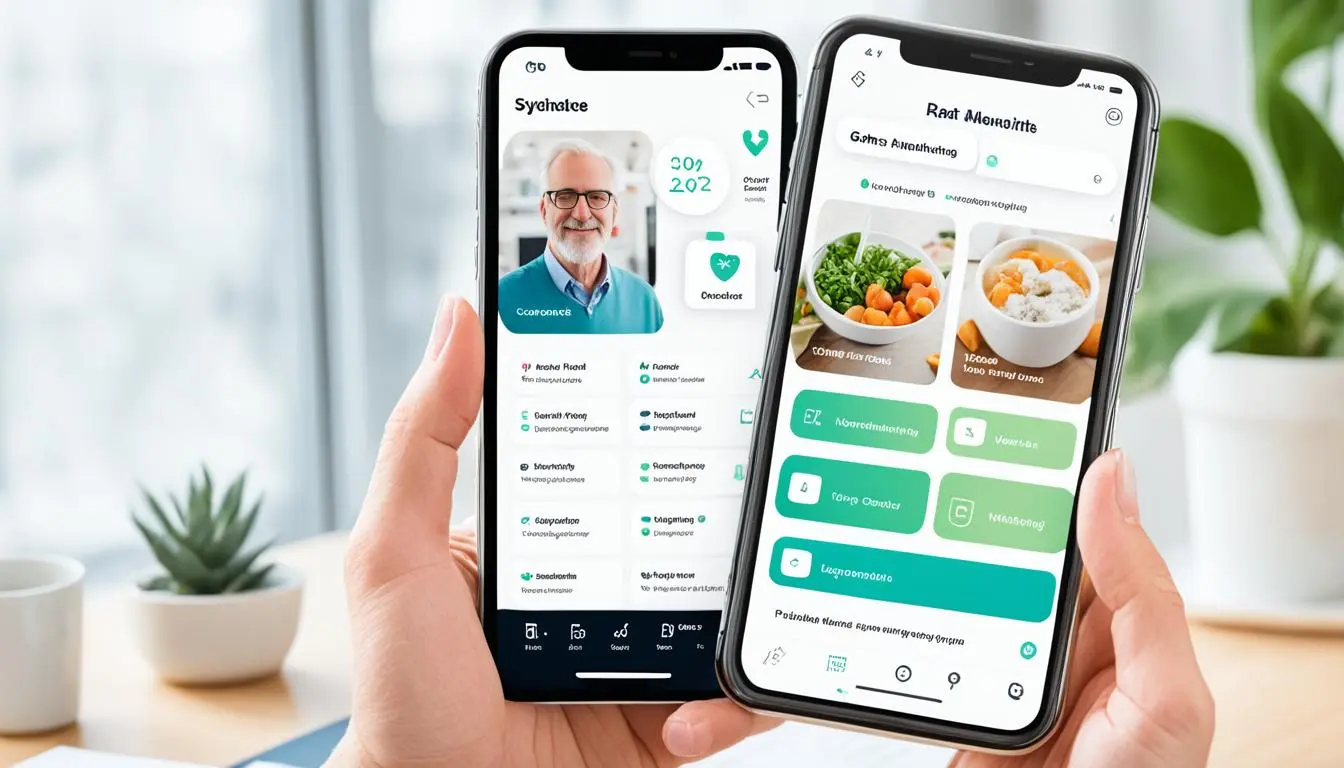Recent Posts
You Most like

Finding Your Perfect Online Girlfriend App
In the modern age of technology, it is becoming more and more prevalent to seek companionship through online means. The … Read more

LivingWith App: Your Companion for Health Management
Living with cancer brings many challenges. This is why the LivingWith app is vital for health management. It offers a … Read more

Dayforce App Download For Android 2024
Dayforce App Download For Android application from Dayforce Corporation in the Office Suites & Tools category. Downloading it is safe … Read more
Crypto
Cryptocurrency Info And Update
Apps
Android & IOS Apps Download.
Software
Software Info And Updates.

